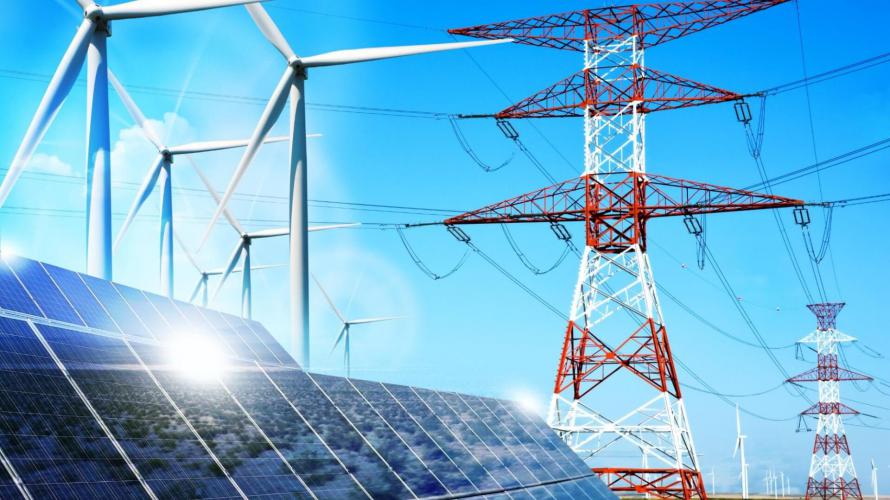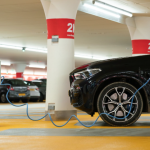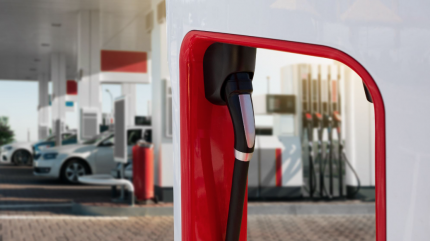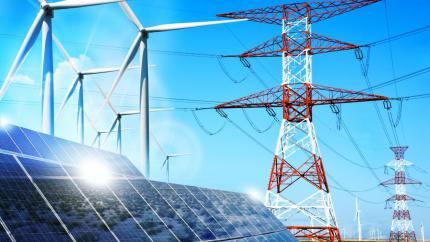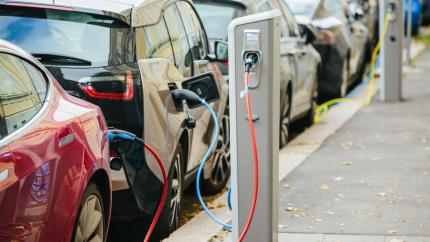The number of battery-electric vehicles (BEVs) on the road is projected to reach 145 million by 2023. That would be a massive change considering there are just 10.2 million today.
While that increase would mean a massive reduction in carbon emissions, greater numbers of BEVs in circulation will conversely place a greater strain on power grids. That strain may be greater in some places than others, but countries everywhere will need to prepare themselves to meet the energy needs of a greater number of BEVs on the road.
United States
Of all the countries moving toward greater electric adoption, the United States is in perhaps the most need of shoring up its power grid. Brutal conditions in Texas this past winter helped to render the city of Austin’s fleet of 12 new electric buses inoperative by a statewide power outage.
This power predicament highlights a greater issue facing the U.S. today: the current nation-wide power grid simply isn’t equipped to handle millions of electric vehicles.
A team of researchers from the University of Texas at Austin estimated the amount of electricity required if every car on the road was electric. Wyoming, for instance, would need to nudge up its electricity production by only 17%, while Maine would have to produce 55% more.
A full transition to electric vehicles won’t happen for quite a while though, experts say. According to Reuters, EV adoption would likely not require grid capacity additions until after 2030. Over the next few years and beyond 2030, power companies and state governments will need to improve the nation’s grid.
U.S. energy consumption decreased over the last 20 years, due to efficiency gains in appliances and the transportation sector, meaning that the U.S. power system has enough established capacity to support EV growth without the immediate need for big investments.
Once the amount of EVs in circulation is high enough though, the grid will need to be expanded and improved to meet the required energy needs.
China
In China, the situation isn’t as pressing as it is in the United States. China has comprehensive plans in place to expand the nation’s electric grid, aiming to triple sustainable power generation by 2030.
In addition, a 2018 study modeled the country’s energy growth from 2020 to 2030 at 64%. That increase will go hand in hand with efforts to connect China’s desert regions to its population centers with ultra-high voltage AC grid infrastructure.
China currently has the highest number of EVs of any country in the world, with more than double the number of electric cars on the road than the United States. This market size and an increasing demand for EV infrastructure are pushing China forward towards grid expansion faster than many players in the Western world.
Europe
Europe is ahead of both China and the U.S. in terms of current grid readiness. Because the region has broadly been using and acclimating to EVs longer than the U.S. and China, EV infrastructure in many European countries is fairly comprehensive.
The EU aims to ban the sale of fossil-fuel vehicles by 2030, meaning that countries need electric grids ready for a switch to clean vehicles. In particular, Northern Europe (Norway, Sweden, Denmark and even Germany) has strong existing power grids.
Other areas may need to implement more grid expansion and country-specific solutions. For example, Romania and other countries in Eastern Europe don’t have as much grid infrastructure in place as Germany, and will need to pursue more aggressive improvements if they want to keep pace with global leaders.
Some countries are piloting programs aimed at reducing the stress placed on the electric grid by EVs. These include time-of-use based charging, which would offer EV owners cheaper charging rates at low-volume hours, and vehicle-to-grid (V2G) technology. V2G would allow power from charged vehicles to be momentarily pushed back to the grid in order to balance variations in energy production and consumption. To compensate for providing this energy back to the grid, participants are often paid for their electricity.
From building out charging infrastructure to creating legislation that supports the shift, transitioning toward EVs has many moving parts.
Ensuring that power grids can support the growing amount of EVs could help position countries like the U.S., China and Germany as global leaders in clean energy. Right now, it’s a race to see who can figure it out first.
